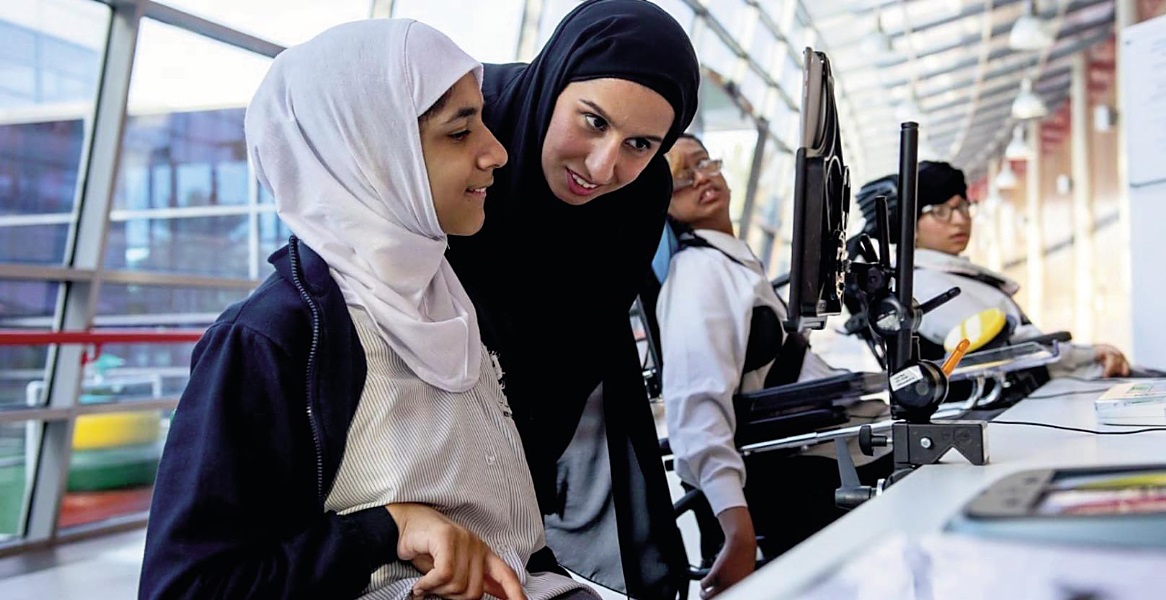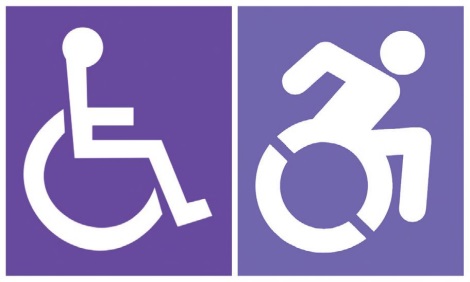
STATUS UPDATE: In certain cultures, persons with disabilities are given respected status and allowed to participate to the fullest extent of their capability. In the United Arab Emirates, they are referred to as "people with determination;" This describes the character of the individuals and the government to bolster the traditional image of the "handicapped."
- Most Ugandans regard disabilities, and particularly mental illness, as a curse, and many are taken to the abafumu (traditional healers) for treatment. Uganda, in 2006, passed the “disabilities act” that gave rights to these persons; however, not much has been implemented.1
- “70 percent of people in Nigeria believe mental disabilities are caused by evil spirits. Many people believe that psychological disorders are like every other illness.” 2
- In countries where under-age-five-years mortality rates have decreased below 20 percent, the mortality proportion for children with disabilities could be as high as 80 percent. The United Kingdom’s Department for International Development suggested that it seems as though kids with disabilities are being “weeded out.”1
ARABIC COUNTRIES
"To those familiar with Arab culture, it is no secret that the topic of disability remains a taboo. When speaking about disability in the Arab world, generally, the topic is either met with silence, ignorance, or able-bodied people expressing their sympathy. This does nothing short of continuing the stigma and perpetuating ignorance surrounding disability."3
"(However,) overarching institutional and legislative frameworks on disability have expanded significantly in the Arab region over recent years… their establishment…represents an important development in national efforts to protect and promote the rights of persons with disability."4

SIGN OF THE TIMES: Updated symbolic images for individuals with a disability emphasize the person rather than the wheelchair.
UNITED ARABIC EMIRATES
Individuals with special needs are referred to as "people with determination." This describes the character of the individuals and the government to bolster the traditional image of the "handicapped." The increasing use of the new symbolic image for individuals with a disability emphasizes the person rather than the wheelchair (See images, left).
MORE FACTS ABOUT INDIVIDUALS WITH DISABILITIES IN DEVELOPING COUNTRIES
- 80 percent of people living with a disability reside in developing countries, and most of them have limited access to healthcare. The World Bank has estimated that 20 percent of the world’s poorest people have some kind of disability.
- When mothers lack access to healthcare during their pregnancy, the odds that their child will have a disability increases. Additionally, some permanent injuries are caused by civil conflict, dangerous working conditions, and environmental hazards.
- People with disabilities living in developing countries have lower levels of educational experiences. UNESCO reports that 90% of children with disabilities in developing countries do not attend school. 5,6
- Women with a disability are considered multiply-disadvantaged because they are excluded on two counts: their gender and their disability. This population is especially vulnerable to